Many people over recent years have been drawn to the attractiveness of the Scandinavian or Nordic lifestyle.
Images of the beauty of Nordic landscapes – from the beautiful and stunning fjords to the majestic forests and sweeping mountains – have drawn many tourists from all around the world, and high-quality television dramas and films have helped to find the countries in this region new fans who want to emulate their style and look in the comfort of their own homes.
For those who have been bewitched by their visit or who are unable to visit the region for themselves to discover its delights, there is a desire to have something of that Nordic styling within their own home.

What is Nordic?
Nordic style is influenced by the interior design and décor of Denmark, Norway, Sweden, Finland and Iceland, all situated in the northern part of Europe.
Although there is a great deal of variety in style within these five nations, and each of them has their own flair and distinctiveness, there are common features that they have in common.
Nordic design and home styling is often minimalist and sparse. With an emphasis on natural light, for the parts of the year where that is readily available, and on natural products where possible, anyone, anywhere can enjoy something of the Nordic style within their own home.
One of the most common ways of enjoying this style is through Nordic flooring, commonly using hardwood, using wood from trees grown in the region that provide distinctive colouring and patterns not found elsewhere.
What is hardwood?
A large part of understanding the attractiveness of the Nordic collection in terms of flooring is understanding the importance of hardwood, it’s advantages and disadvantages, and how to get the most out of it.
Trees tend to be hardwood, which comes from angiosperm trees, or softwood, which comes from gymnosperm trees. Softwood trees have seeds that are unenclosed, whilst hardwood trees have seeds that are enclosed.
The difference between the seed types, and many of the genetic features determined within the seed, explain the difference between these two types of trees. It is usually the case that hardwood trees are slower growing and have harder wood, then softwood trees, which are faster growing and generally have softer wood.
However, not all hardwood trees are hard and neither are all softwood trees are soft, for example balsa is a hardwood, but is considered one of the softest and most flexible of woods.
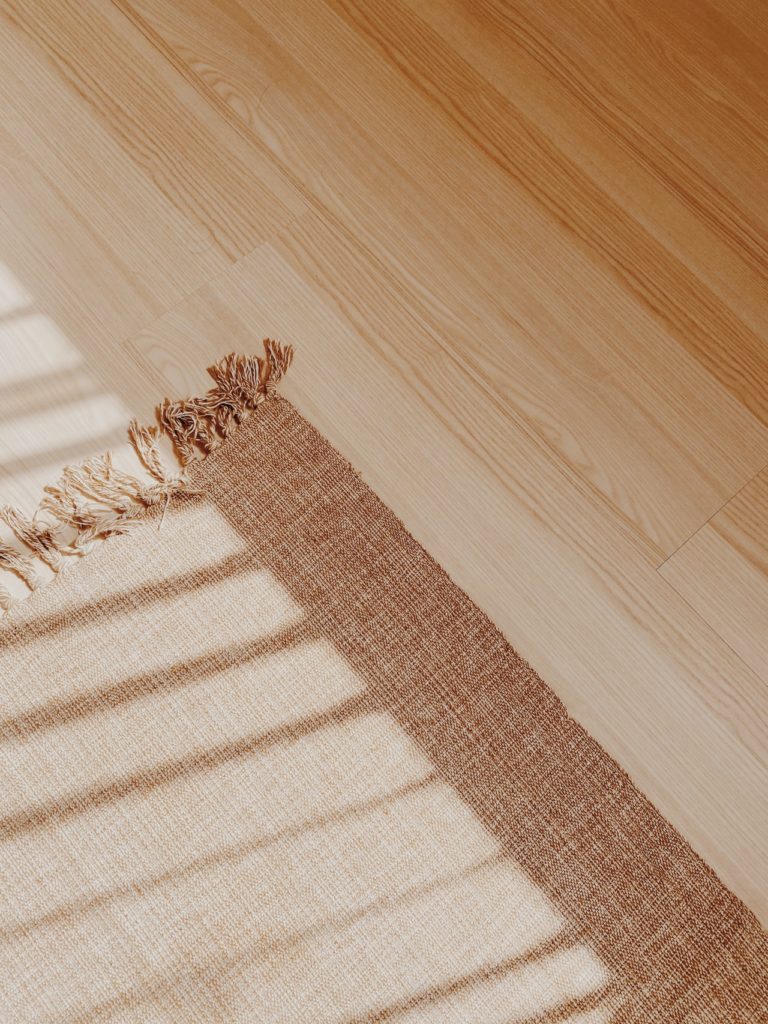
The difference between hardwood and softwood trees provides a significant difference in how these trees look, which then translates into the visual aesthetic of the flooring that can be manufactured from them.
Although both types of wood are suitable for a range of different applications within the home and in industry, there are key features of hardwood that make it particularly suitable for flooring
Hardwood trees have pores that allow water to move through the tree and the wood in order to keep it healthy, whereas this is not true of softwood trees. The visual impact of this is on the appearance of the grain of the tree.
Hardwood trees will have a more prominent grain, caused by this movement of water through the tree, whereas softwood trees will have a much lighter, less prominent grain. The depth of this grain is another of the features that makes hardwood flooring so attractive visually.
Hardwood is also denser than softwoods, which makes them particularly suitable for flooring. This means that such flooring can cope with the daily rigour of weight such as heavy furniture or appliances, as well as the regular footfall of people walking across it.
The Nordic Collection
As is to be expected, Nordic-inspired flooring from a Nordic collection is inspired by the trees that are available in this region, many of which are hardwood.
Common angiosperm, or hardwood, trees found in the various parts of this region include: ash, beech, maple, and oak. Other hardwood trees found in this region include varieties or rowan, aspen, alder and willow. Conifers are also very common but are softwood, as are other trees which have needles and cones.
All of these lend themselves beautifully to hardwood flooring in any home or office, where the emphasis is on durability and strength.
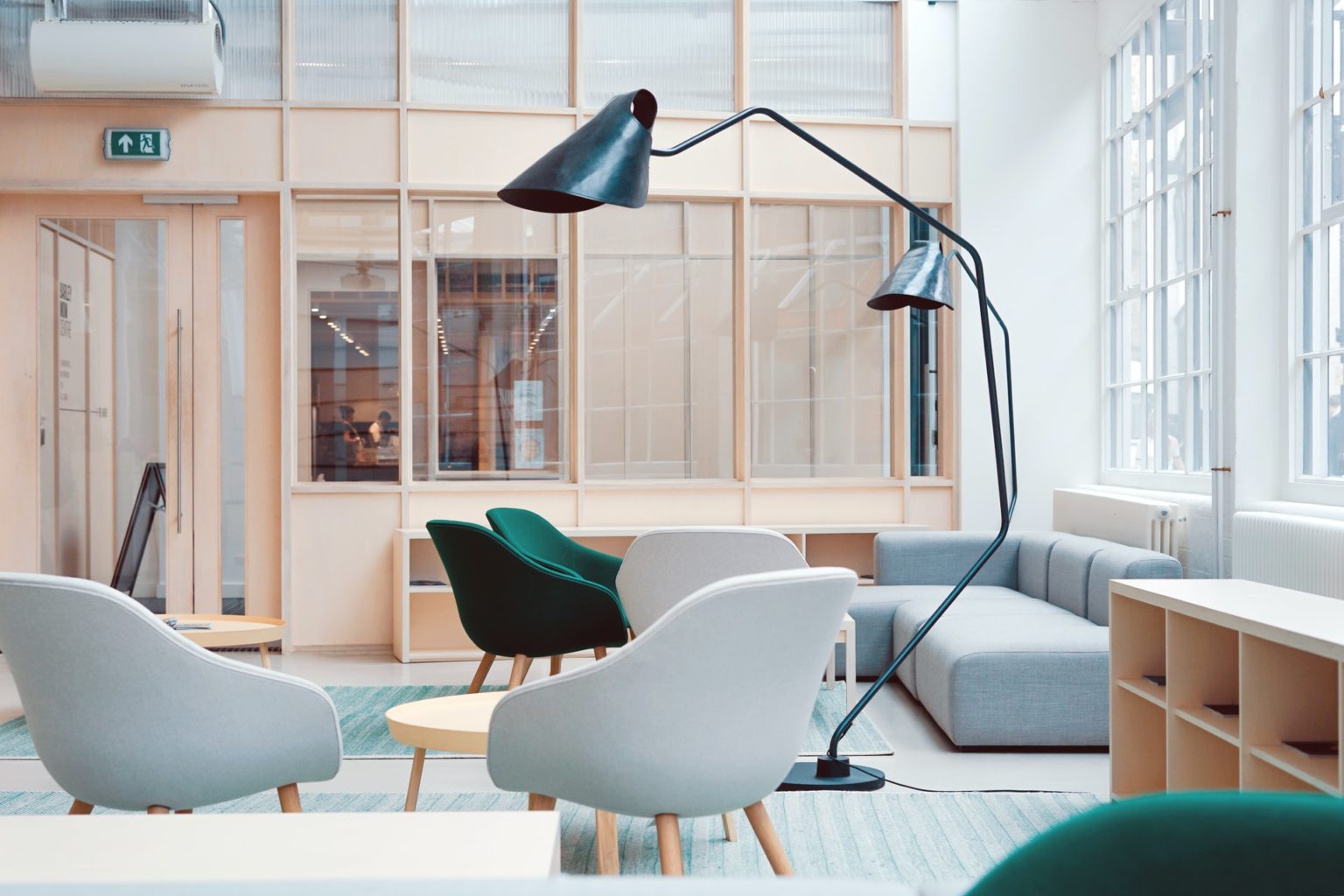
Although wood from these trees can be found in many countries throughout the world, original trees and flooring from Nordic regions have gathered a reputation in recent years for their quality, attractiveness and durability that means that hardwood floor providers can ask a premium price for this premium product, and customers can pay knowing that they will have a beautiful product that will impress everyone who sees it and walks across it.
As well as having hardwood flooring made with Nordic products as an aesthetic and durable choice, it is also a sound environmental choice. Although it may seem strange to think so at first, as cutting down trees seems like an unwise choice environmentally, most hardwood flooring is cut from sustainable forests. It is also the case wood is a very energy efficient material for making flooring, compared with concrete or other methods.
The wide range of hardwood trees available in the Nordic region allows for a wide range of different flooring and covering options and styles, from lighter to darker colours, to match any style and design required.
It is the case that hardwood flooring has the three main advantages of:
- Strength – due to the density of the wood
- Durability – also due to its density
- Easy to maintain – easy to clean and repair if necessary, although problems can occur.
There are however some disadvantages of hardwood flooring, including:
- Prone to water damage – as a result of the porous nature of the wood
- More prone to termite attack than softwoods – hardwood has a higher moisture contact which termites find attractive.
- Cupping – when the underside of the flooring becomes more moist than the top side, with curving taking place.
If a hardwood floor is laid correctly, and regular preventative maintenance takes place, then these problems can be minimised or even eliminated.
Hardwood flooring from the Nordic collection is an excellent household or office choice that promises strength, durability and attractiveness for years of customer satisfaction.
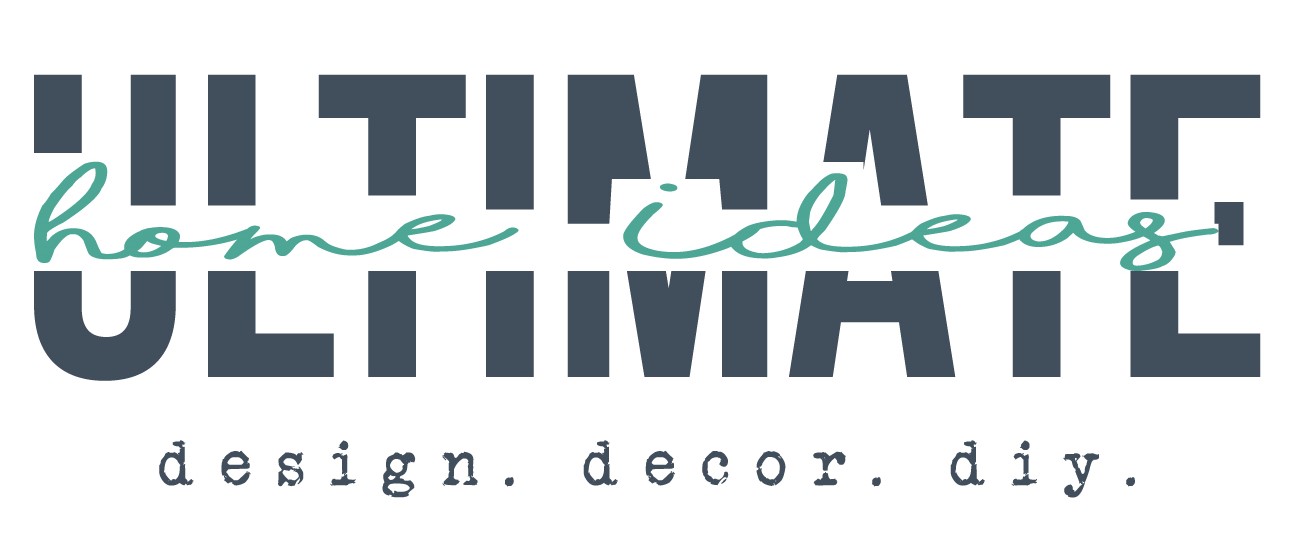
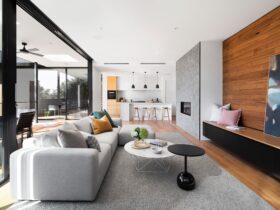
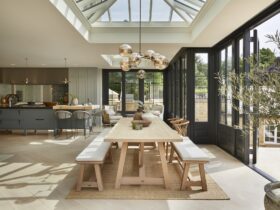

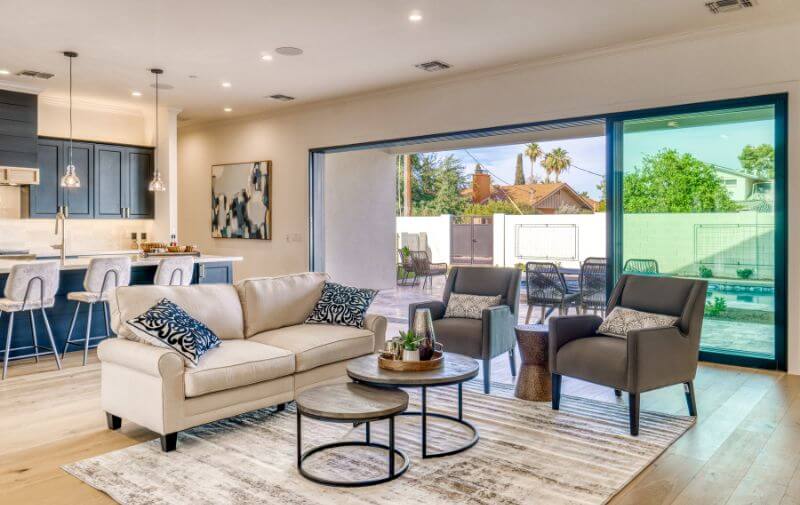
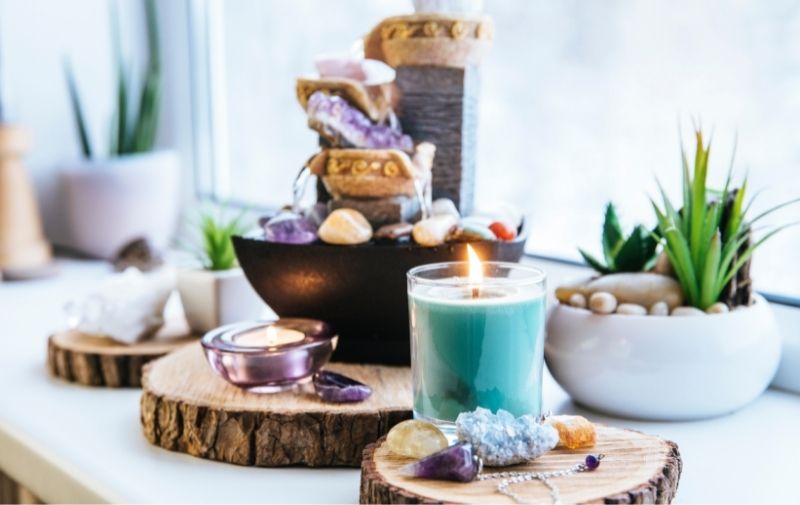
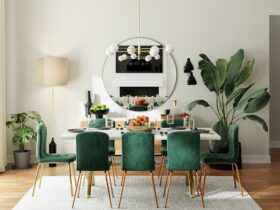
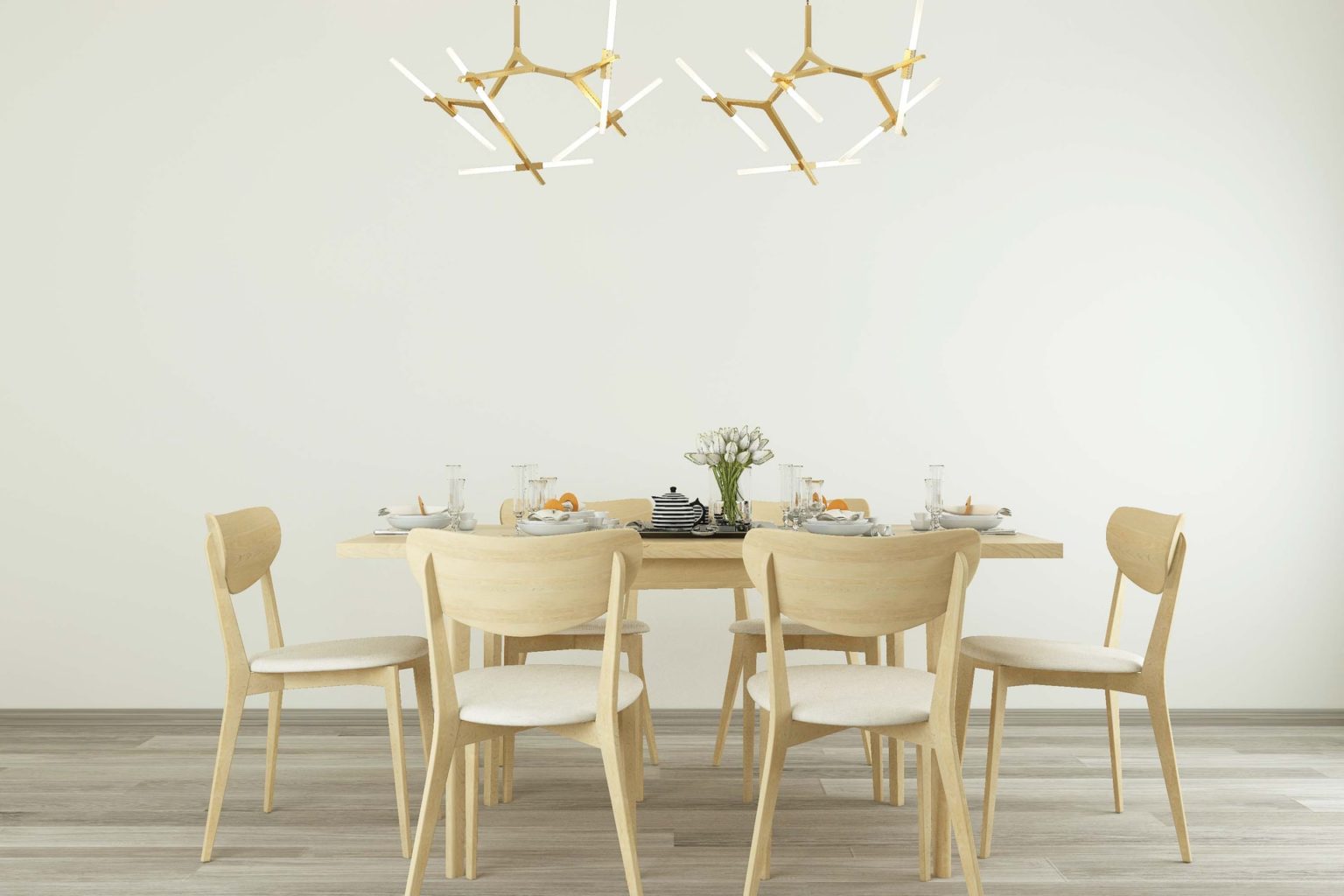
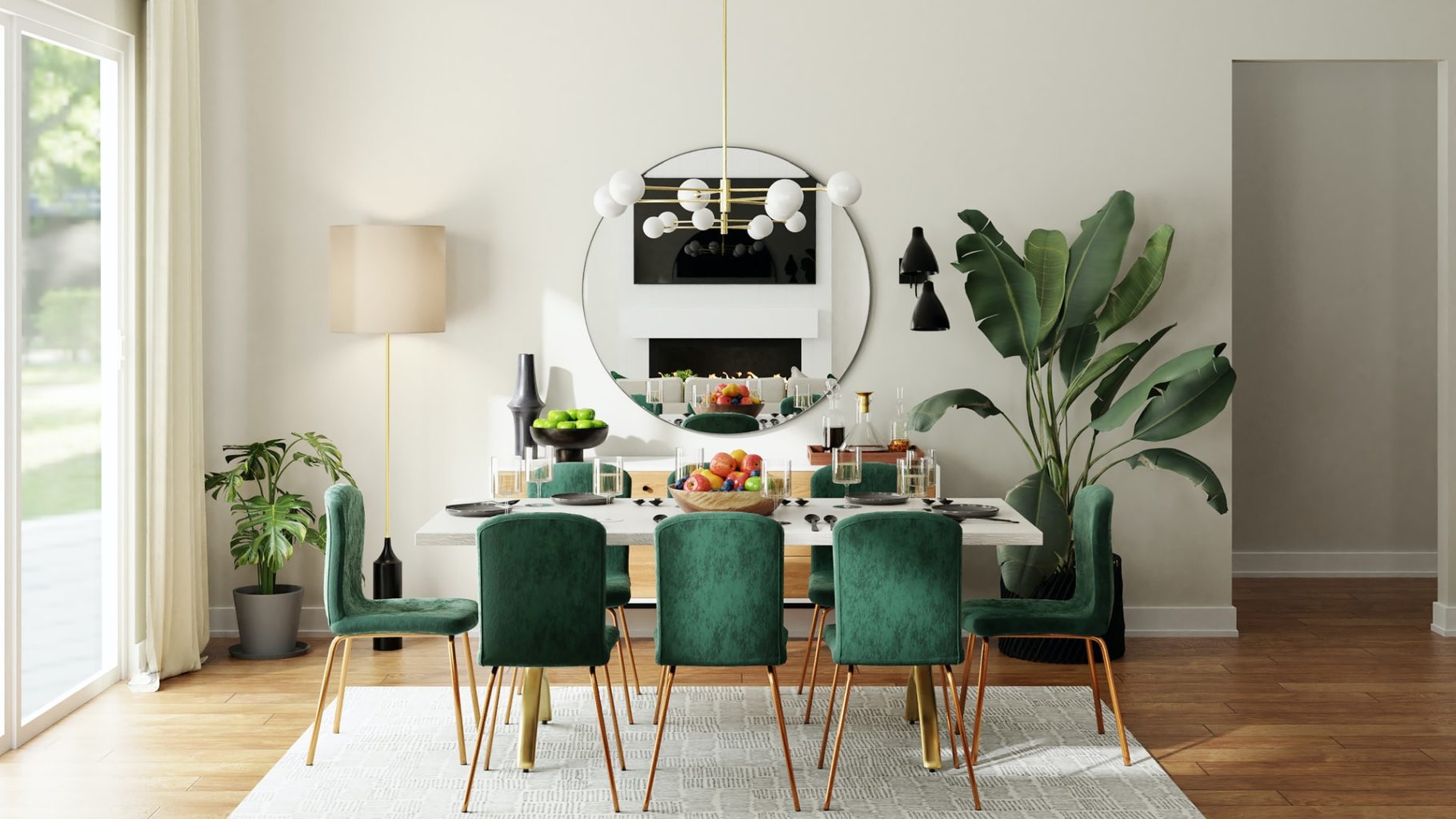
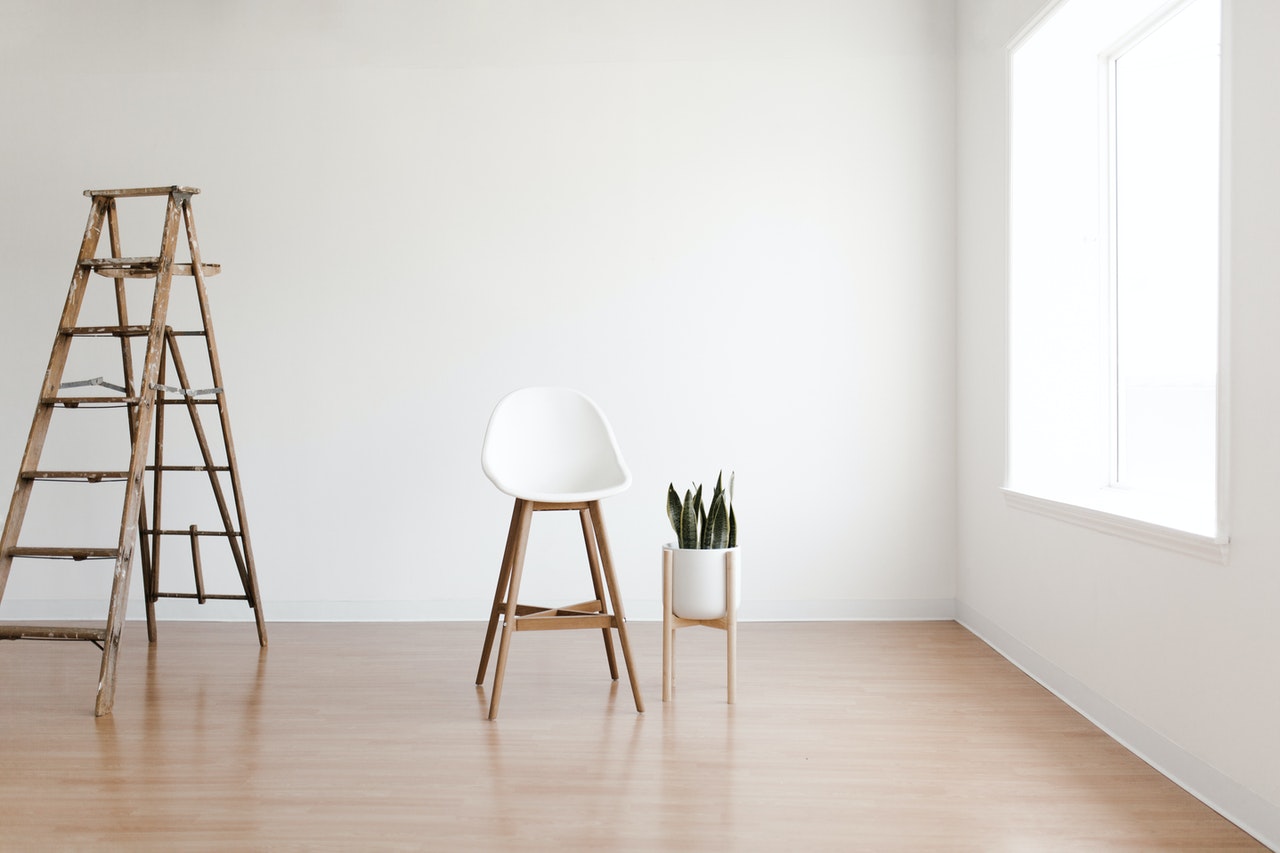
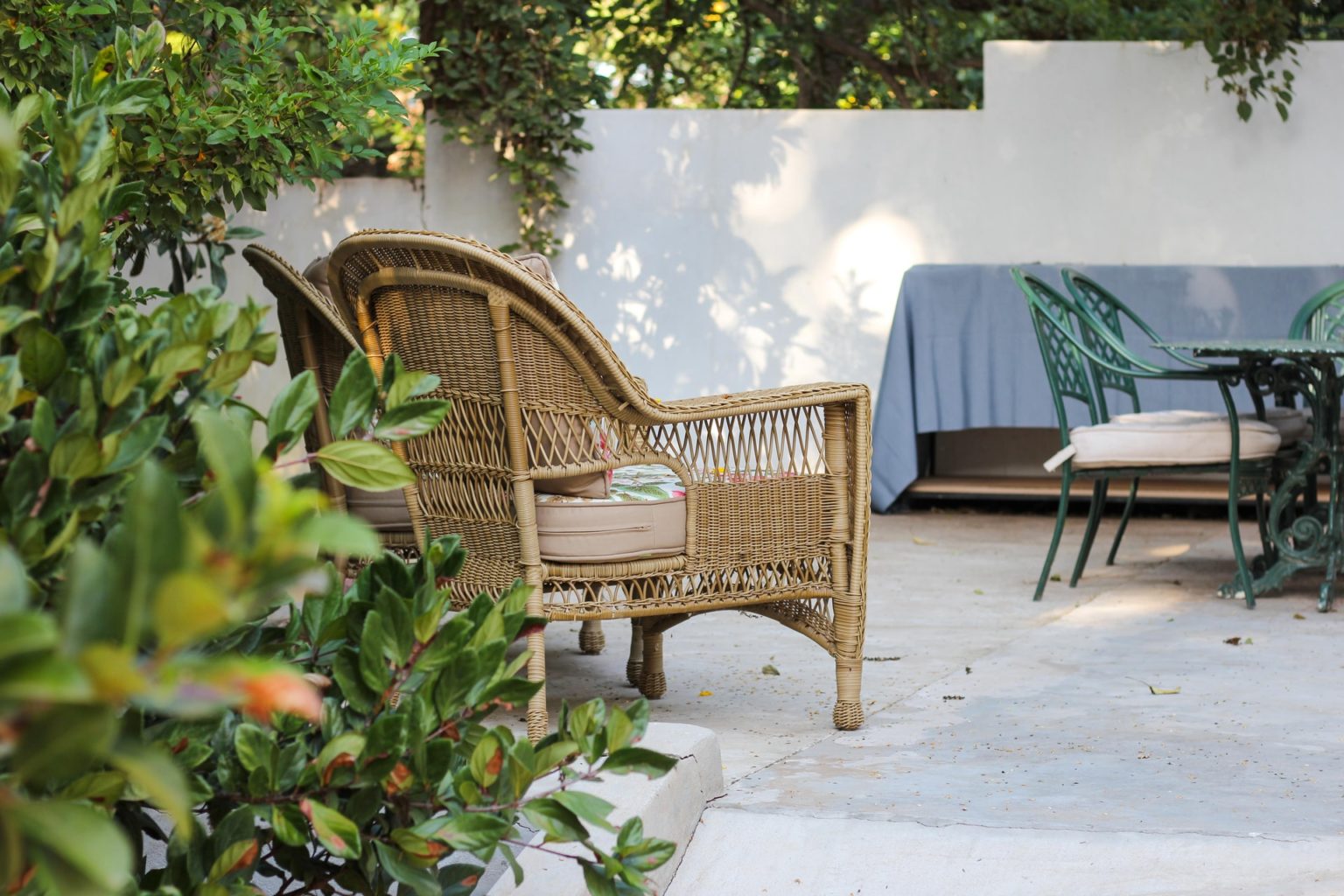
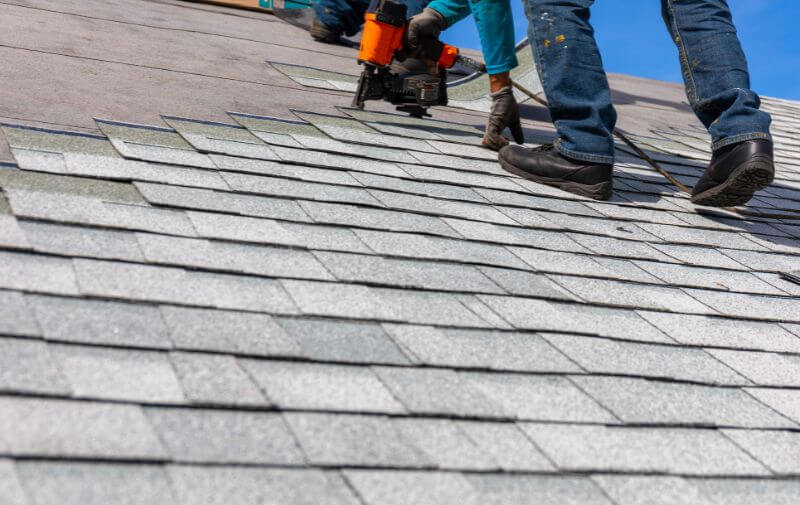
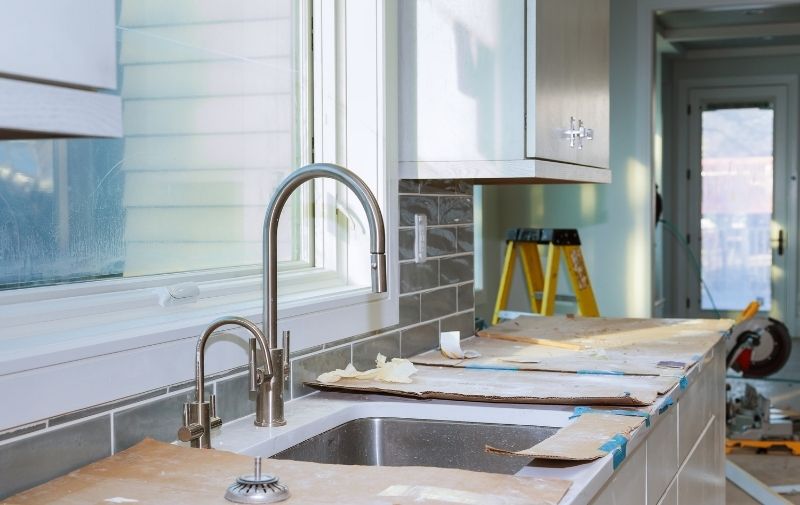

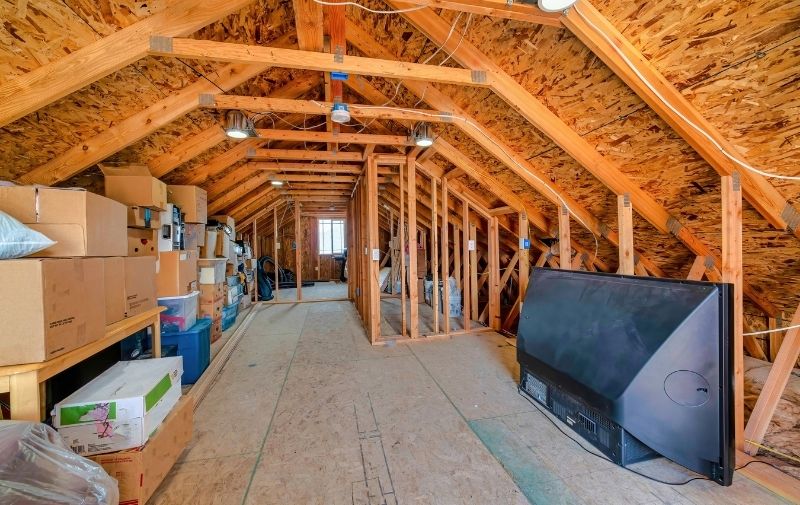
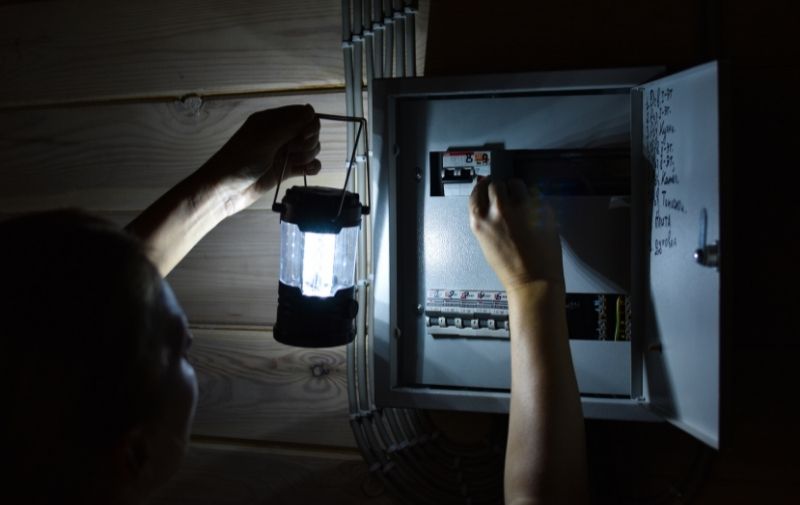
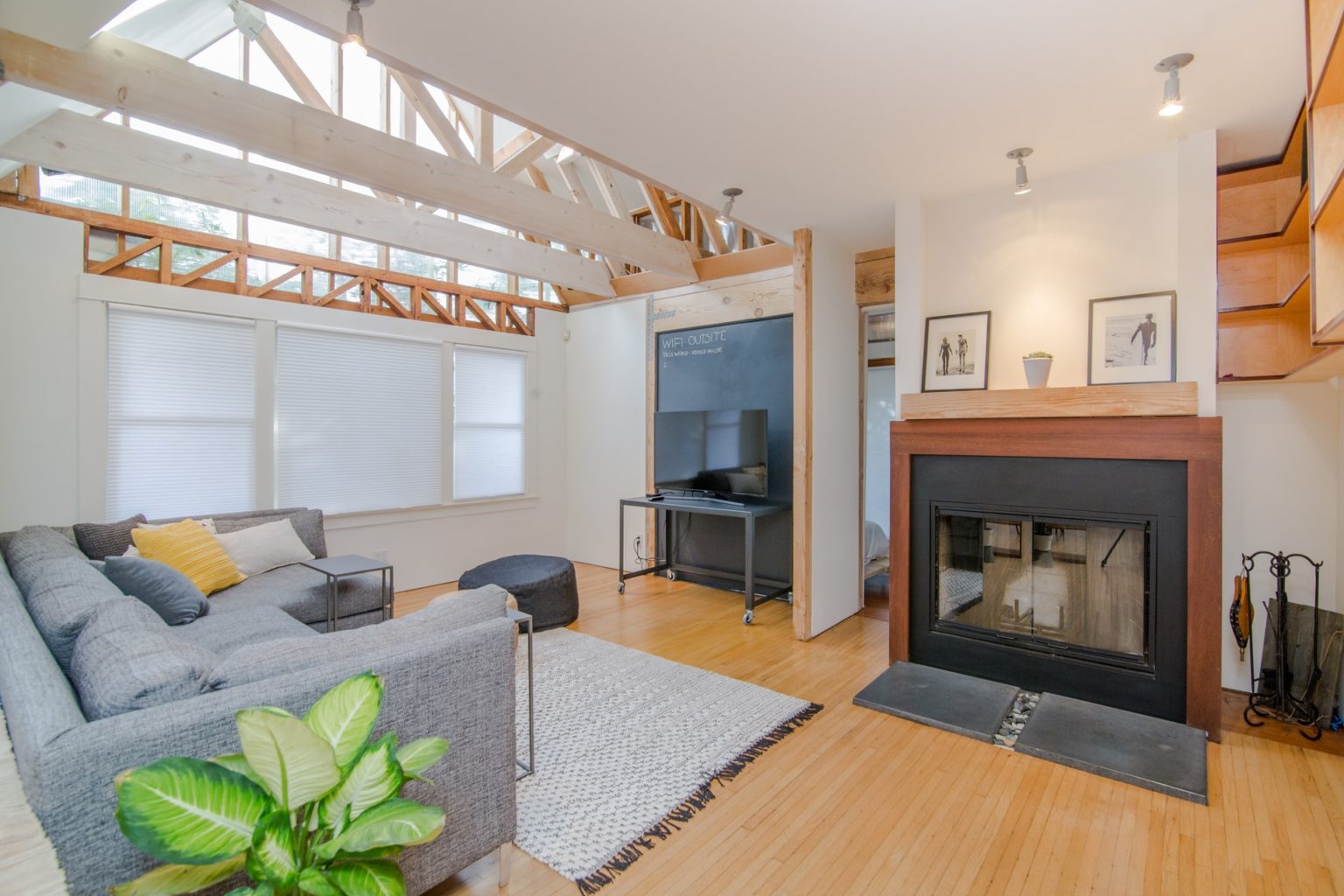
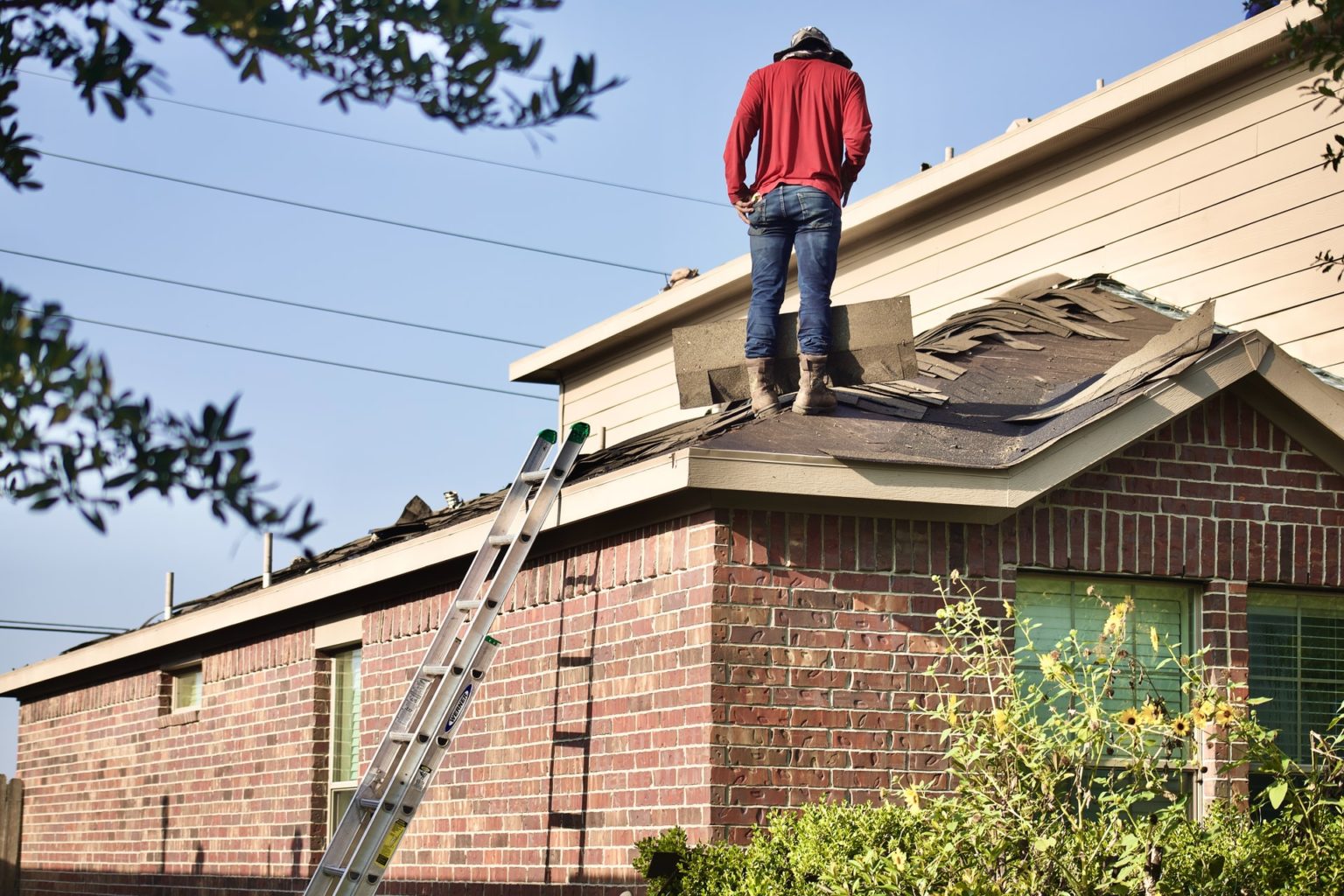


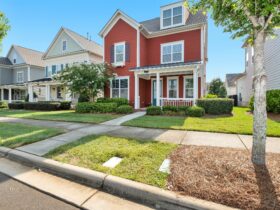
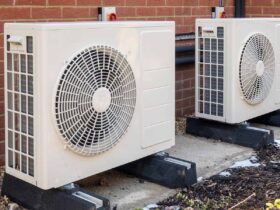
Leave a Reply